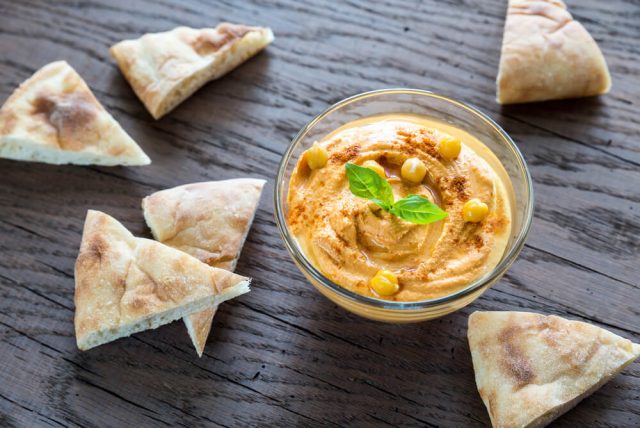A sort of adaptable level bread that is delicate and somewhat chewy and frequently includes a pocket inside, which is a consequence of baking the bread in a hot broiler. Pita bread is regularly erroneously viewed as unleavened; however, it is most frequently raised with yeast. The bread can be eaten plain or plunged in olive oil. It very well may be finished off with halal food delivery spreads and meats, collapsed over, and eaten as a sandwich, or the pocket can be loaded down with different fillings and filled in as a toasted or heated sandwich.
About pita bread
The fame of pita bread has spread past Turkey, Greece, and the Middle East. Pita bread is otherwise called pide, the Turkish name, and pride, which is the halal food delivery Armenian rendition, ready with entire wheat flour and finished off with sesame seeds. In the United States, pita bread is regularly called pocket pita or pocket bread.
One more sort of heated pita bread is filled in as a nibble food. Collapsed pita bread triangles are seared in oil, prepared, and tried to frame a pita “chip.” The pita chip can be filled in as a starter to be dunked in different spreads like tahini, cheddar, salsa, and hummus, or it tends to be broken into tiny pieces and sprinkled in servings of mixed greens like bread garnishes.
Features that you can spot
When prepared, pita bread has two different layers to shape interior pockets, which happens because of the high temperatures at which it is heated. During baking, the mixture proliferates, isolates in the center, and makes enormous air pockets of air inside. When the bread is heated and cooled, it smooths out but keeps up with the inner pockets. Generally, it is cut into equal parts with two sickle molded bread pockets. These pockets are utilized inflexibly and a base for different plans from one side of the planet to the other.



